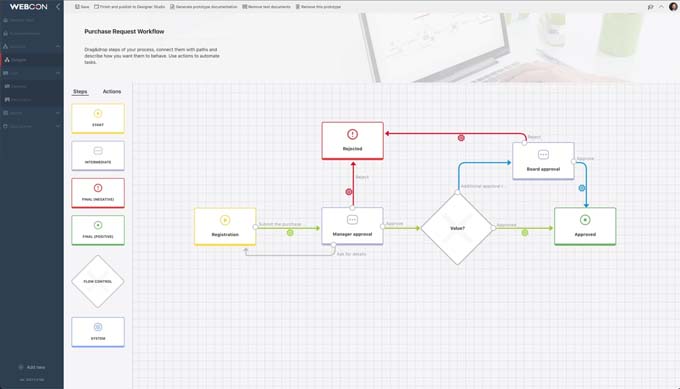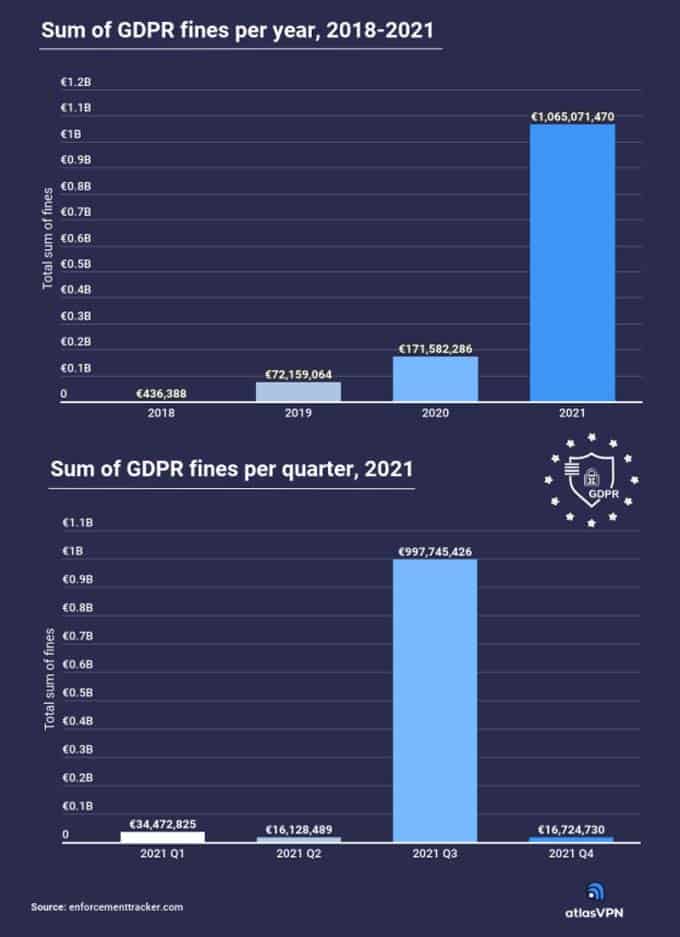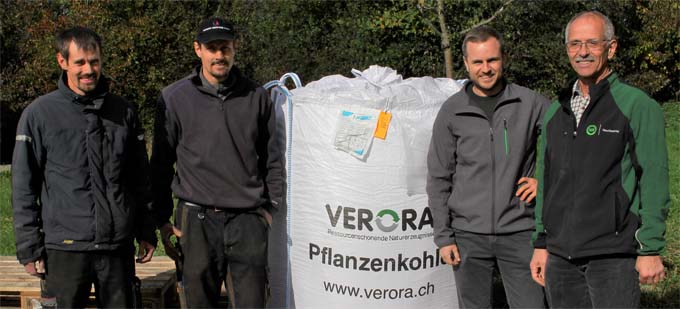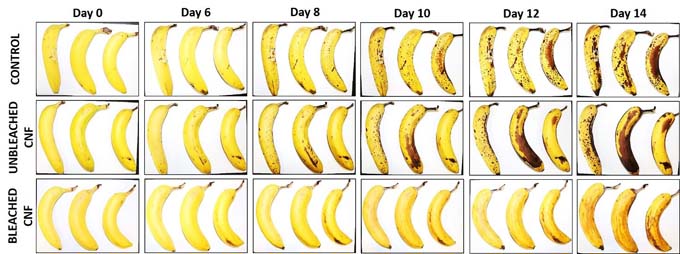Process automation: trends for the year 2022
In recent years, companies have been driving digital transformation at an unprecedented pace - partly due to the pandemic, but largely due to changing customer expectations and market demands. For many, process automation is one of the first adjusting screws in this process.

Process automation is a central aspect of digital transformation. Because when it comes to organizational change, it offers a number of advantages. Companies that automate highly manual processes quickly and visibly benefit from greater efficiency and speed as well as a lower error rate and workload. Experts see five major trends in this area for 2022.
Trend 1: The triumph of low-code/no-code tools
Low-code or no-code development environments are designed to enable so-called citizen developers - employees with no programming skills - to program small automations for everyday work themselves. Such tools are popular with many users because they offer companies advantages such as scalability, security or simple application deployment. Given the high demand for new applications in companies and the simultaneous persistent shortage of IT specialists, the use of such tools will continue to grow strongly in 2022 - but not where many expect it.
Trend 2: Citizen-assisted development on the rise
For more than a decade, companies have expected citizen developers, often referred to as power users, to step in instead of IT professionals - but with limited success. This is because power users focus on solving their own problems during application development. This results in applications that cannot be scaled to the entire company and are not designed for long-term growth. Citizen development projects are thus becoming passé: Citizen-assisted development is taking their place.
The two trends mentioned above - the acceptance of low-code/no-code tools by professionals and the decline in citizen development projects - should be viewed together. The result will be the citizen-assisted development approach: a method in which citizen developers and professional developers use the same tools to work hand in hand on the digitization of business processes using rapid prototyping. "This enables companies to develop applications that are tailored precisely to their own needs - and to do so much faster and more purposefully than in Citizen Development projects," says Philipp Erdkönig, Partner Account Manager at WEBCON, the company that identified these five trends. The company itself offers a low-code platform for the automation and management of business processes.
Trend 3: A damper on Robotic Process Automation
Robotic Process Automation (RPA), or robotic process automation in the true sense of the word, does not exist. What RPA vendors are really selling is the automation of individual tasks - not the automation of a broader process. That's not to say this technology won't continue to be very successful; but companies will find they're asking too much of it. In the coming year, we will instead see more of a combination of RPA and digital process automation.
More often we will see, for example, the automation of data capture or data retrieval in or from legacy IT systems or other information sources using RPAs that do not have any interfaces. This data is then further processed as part of a digitized and thus transparent and efficient business process.
Trend 4: Content management as part of process automation
Many companies will also rethink the area of content management. For too long, users have been under the misapprehension that it is enough to make content shareable and accessible by centralizing and organizing it. However, this will not achieve true real-time collaboration or true digital transformation. Rather, content should be used as part of a larger process management and automation initiative. In addition to the authorization management and versioning of documents, they should also be made available in the context of business processes, or created and edited accordingly in the course of a process - because documents and other types of content such as tables, technical drawings, etc. are an important part of almost all processes in a company.
Trend 5: The waterfall model remains
In the waterfall model, software development is supposed to take place in a series of sequential steps, each completed. However, this methodology is now antiquated - especially in light of today's agile development methodologies. These focus more on the continuous delivery of software in rapid iterations and lead to faster results. Some companies are already embracing this type of development in many places. "However, as long as companies hire external consultants and agree on projects at fixed prices, with fixed durations, the waterfall model will unfortunately continue to be used in the foreseeable future - which will have a negative impact on process automation. After all, processes are constantly evolving. So it's better to implement and continuously refine a process automation solution than to treat it as a one-off project that won't be touched after completion," adds Erdkönig.
Process automation no longer imaginable without
"Depending on the industry, companies will adapt the trends at different speeds. But one thing is clear: 2022 will be dominated by process automation - no organization will be able to imagine life without it. This is the only way they will remain viable in the long term in disruptive times like these," concludes Erdkönig.
Source: WEBCON
























